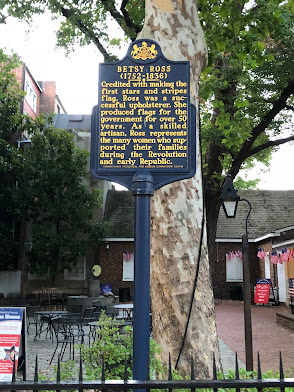I had the privilege of visiting Philadelphia a few years ago for a business trip and was fortunate enough to do a little bit of sight seeing in the evenings after work. Unfortunately, I was not able to go into many of the museums or attractions since it was usually after 5PM each day and most were closed. Here are some pics and videos of some of the things I was able to do/see.
Independence Hall
Here is where our democracy all started. Completed in 1753, as the Pennsylvania State House, this building served as the capitol for the Commonwealth of Pennsylvania until 1799. The Assembly Room within Independence Hall was the site of the Second Continental Congress from 1775 - 1783 (the First Continental Congress was held at Carpenters' Hall). It is the location where the united States Declaration of Independence was signed by 56 delegates on July 4th, 1776.
Interesting facts about Independence Hall:
- President Lincoln laid in state in Independence Hall for 2 days after his assassination.
- It is represented on the back of the U.S. $100 bill, as well as the Kennedy bi-centennial half-dollar.
- It was the home of the Liberty Bell for over 200 years.
- The United States Constitution was written and signed at Independence Hall in 1787.
Christ Church Burial Ground
Christ Church Burial Ground is the final resting place of Benjamin Franklin and his wife, Deborah. There are four other signers of the Declaration of Independence buried here as well (George Ross, Francis Hopkinson, Joseph Hewes and Benjamin Rush).
Leaving pennies on Ben Franklin's grave is a Philadelphia tradition.
Betsy Ross House & Grave
I can't help but include this controversial site. The Betsy Ross House is where the famous seamstress is purported to have sewn the first American Flag. Most historians claim that there is no proof that she designed and sewed the first American Flag and that her family members made this up. The house sits a few blocks away from Independence Hall.












Comments
Post a Comment